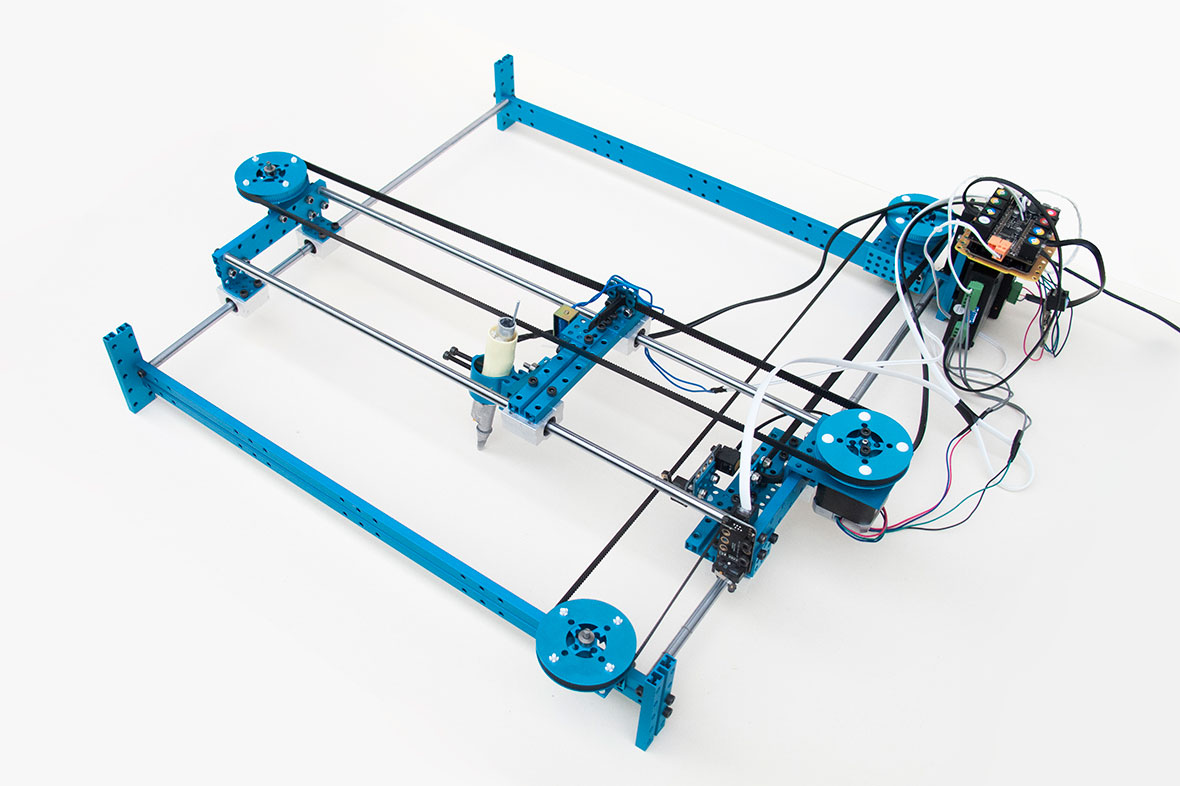Presented at Dutch Design Week 2013, Digital Wax Print explores the relationship between digital fabrication and the manual technique of wax-resist dyeing. Historically, due to globalization and industrialization, automated wax resist techniques were introduced and new breeds of batik emerged, such as batik cap and batik print which exist parallel to the traditional hand written wax resist batik tulis. NOW Digital Wax Print merges two contrasting production methods, creating a tool that transforms an industrial action into a small-scale production process by performing the function of a single step within an overall sequence. Adapting the machine to the process – taking a traditional technique focused on repetition and connecting it to the expected accuracy of digital data for fabrication – we create outcomes that differ from expectations. Unique patterns on wax-resist that normally take themes from our everyday lives, now come in the form of data fed into the machine and interpreted in it’s own particular ‘handwriting’. As the knowledge of traditional manufacturing and the accessibility of digital fabrication continue to evolve, the blending of steps in any order allows the tool to open up new possibilities.
